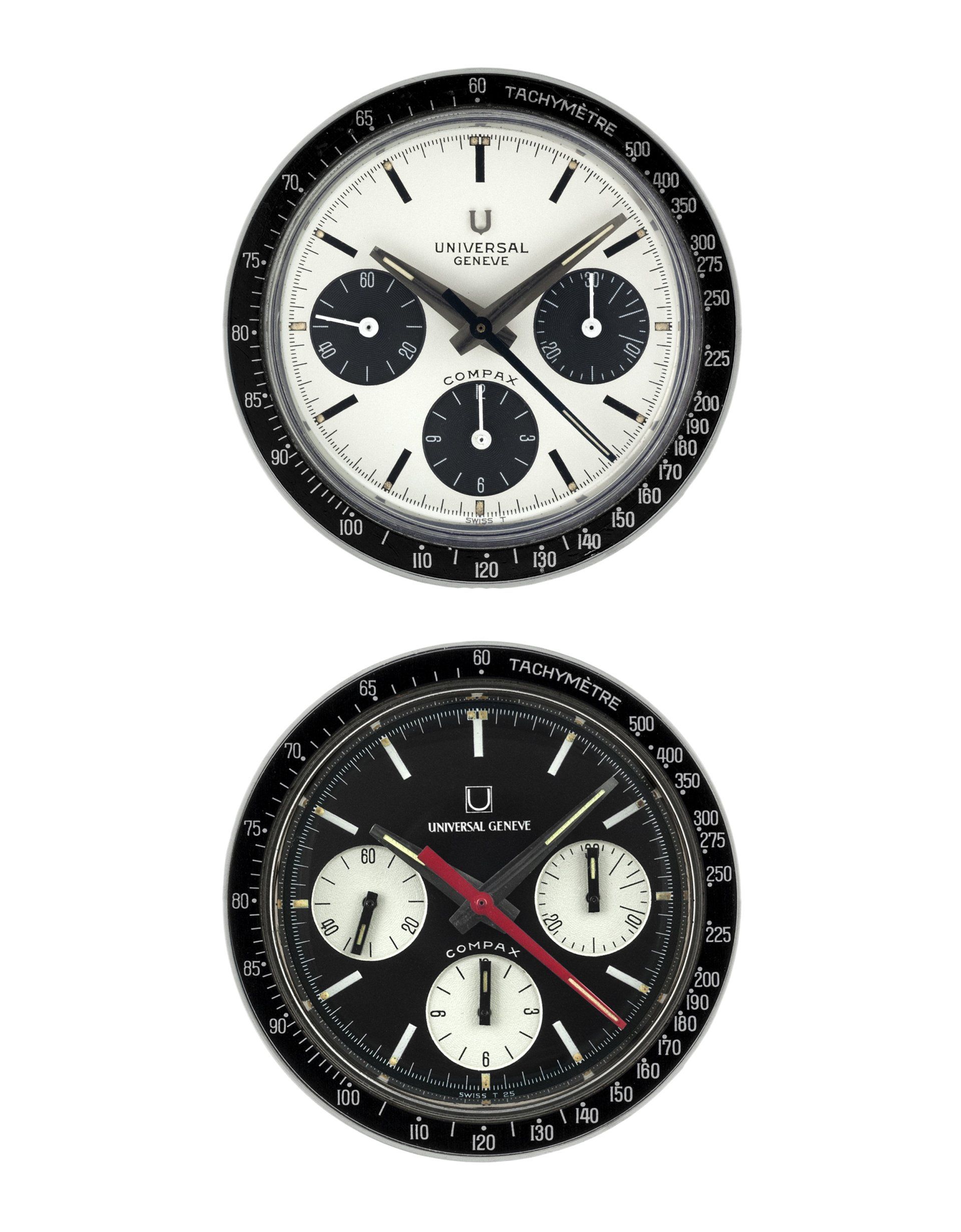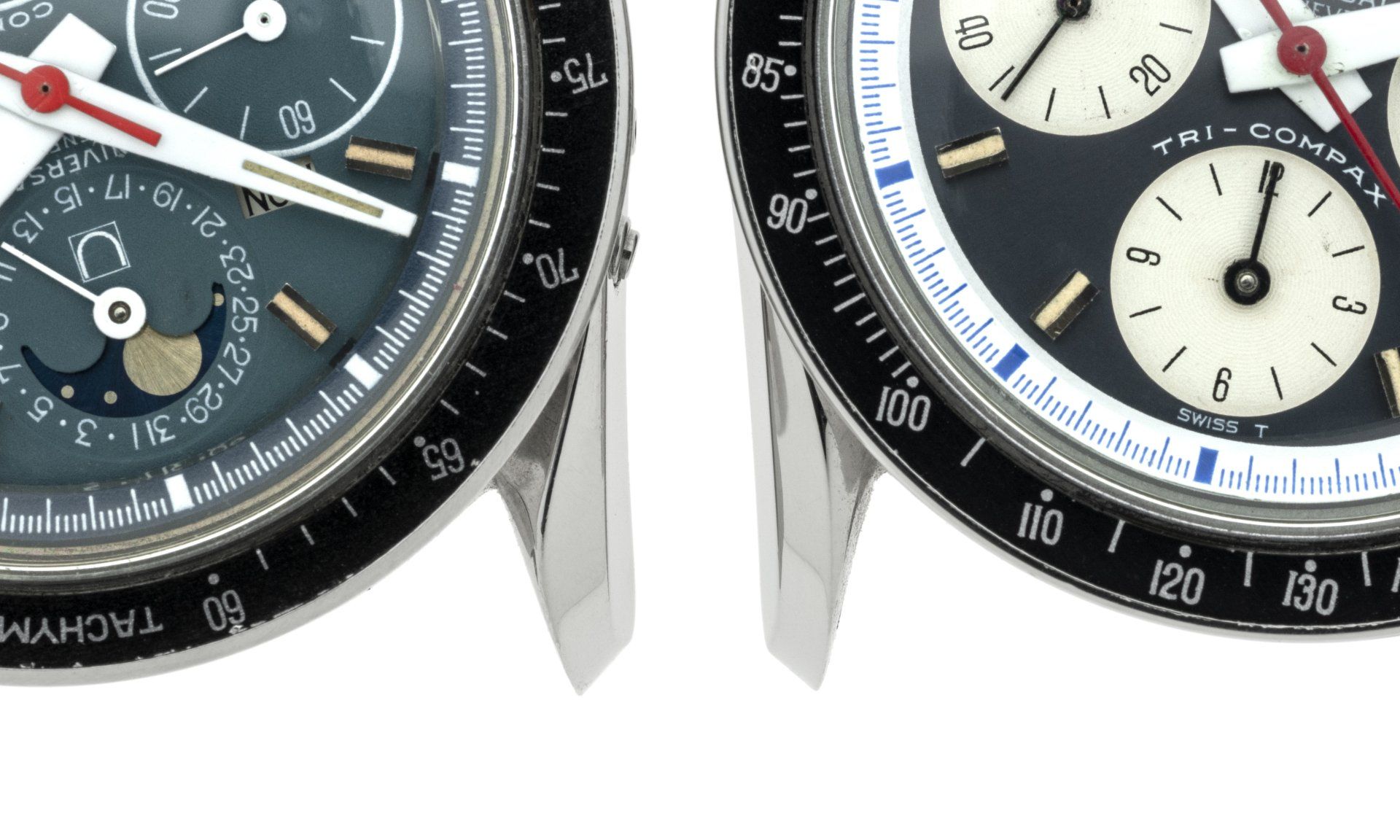The Beautiful UG Ten
This collectors' book - Universal Geneve Ten - celebrates a relatively small period of Universal Geneve's output. Many collectors consider the 1960s the golden period of chronograph design, and the ten watches that feature in this book are considered - by those with a discerning eye - to be amongst the most beautiful of all.
In contrast to the previous Heuer books
we have produced, my task on this occasion was made harder because there was so little information readily available about Universal Geneve from this period. There is virtually no historical data (even with Universal Geneve themselves) and very few period adverts, dealer brochures, price lists or books to be seen. The excellent 'Universal Watch Geneve' book is the only other tome but Sala covers nearly 50 years of UG's output and is not full of detailed information, which is how I prefer my watch books. My aim is always to make the books 50% beautiful and 50% collector tools. I've been told by many people who have bought our Heuer watch books that they are the only books they can treat as reference bibles (as much as any book can be). What Paul Gavin, an exceptional watch photographer, and I aim to do with our books is to combine stunning images with knowledge amassed from years of research (and obsession!).
While researching this book, I have gathered several hundred serial numbers for these specific 'Ten' references, which has been demanding but essential to work out serial batches and production estimates for each dial variant. The serials have demonstrated there was definitely a method used by Universal Geneve during production and it is also clear that there were particular dating features during the lifecycle. UG, like all other watch companies, changed parts such as crowns, pushers, dials, hands, and even used more than one style of case. This was partly for natural progression/improvement (and design tinkering) but also, no doubt, a cost saving tactic. For example, it seems likely that the Mk1 steel applied logo on the Nina and Evil Nina dials was more expensive than direct printed style of the Mk2 dials.
What strikes you when you research these chronographs, is that the output is relatively small and some of them are amongst the rarest of all chronograph production. With so few dial options you would not expect to find this level of rarity but, in some cases, fewer than 25 examples have been seen to date. Certainly, when you compare the overall production of this series with the Heuer Autavia and Carrera, the numbers are much smaller, and they are tiny in comparison to the Rolex Daytona and Omega Speedmaster ranges. Perhaps the conclusion is that UG's avant-grade design meant they were less attractive to a traditional mid 1960s clientele and it is only in more recent times that their style and quality has been appreciated. This was certainly the case with the Daytona Paul Newman and the Monaco too: chronographs ahead of their time...

